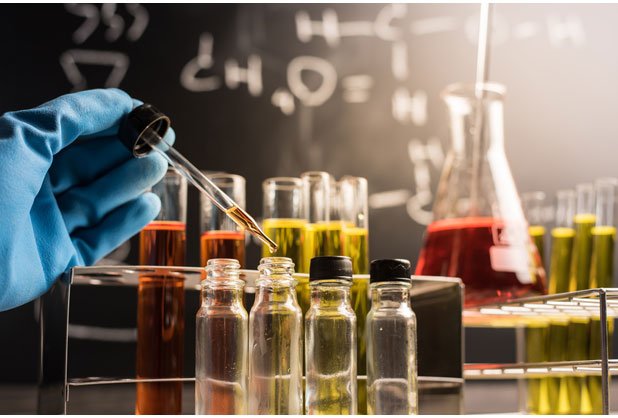Identification of organic compounds 1 : Ignition Test
One of the challenges facing chemists is the identification of organic compounds. Five million organic compounds have been prepared or isolated to date. The identification of these materials is of great importance in the chemical industry, the identification of raw materials and products is indispensable. The identification task was originally based on the solubility characteristics of the compounds, and on certain chemical tests that can be used to detect the presence of some functional groups. I'll start talking in this post about the Ignition test.
Ignition on organic compounds
Observations, While the sample is burning:
Any fusion or evidence of sublimation, which gives an approximate idea of the melting point by the temperature necessary to cause it.
The color of the flame when the substance begins to burn. This observation is fundamental to identify elements present in the sample.
a. Aromatic compounds, unsaturated or aliphatic compounds of high molecular mass: they will have an orange flame.
b. Aliphatic compounds of low molecular mass: yellow flame.
c. Compounds with oxygens: Clear blueish flame.
d. Halogenated compounds: Smoking flame
The nature of combustion (instantaneous, slow or explosive). A rapid, almost instantaneous combustion indicates a high hydrogen content. An explosive combustion indicates the presence of nitrogen or NxOy-containing groups.
Characteristics of the residue
a. If a black residue remains that disappears as it continues to heat at higher temperatures, the residue is carbon.
b. If the residue expands during ignition, it is indicative of the presence of a carbohydrate or similar compound.
c. If the residue is initially black and remains that way after continuing the heating, it is indicative of the oxide of a metal
d. If the residue is white, it is indicative of the presence of the carbonate of an alkaline or alkaline-earth metal or SiO2 that comes from a silicone.
Importance of Ignition tests
To be continue...
Having known the Ignition test for organic compounds, I will continue in other post a series of the main methods to identify this type of compound, which will be framed in the determination of the boiling point, melting point, solubility behavior, in the result of the ignition, the color, the smell, appearance of the problem substance and in the chemical reactions that serve for its identification.
References
Gouge, E. M. (1988). A flame test demonstration device. Journal of Chemical Education, 65(6), 544. ISO 690
Shriner, R. L. (1956). Systematic identification of organic compounds.

